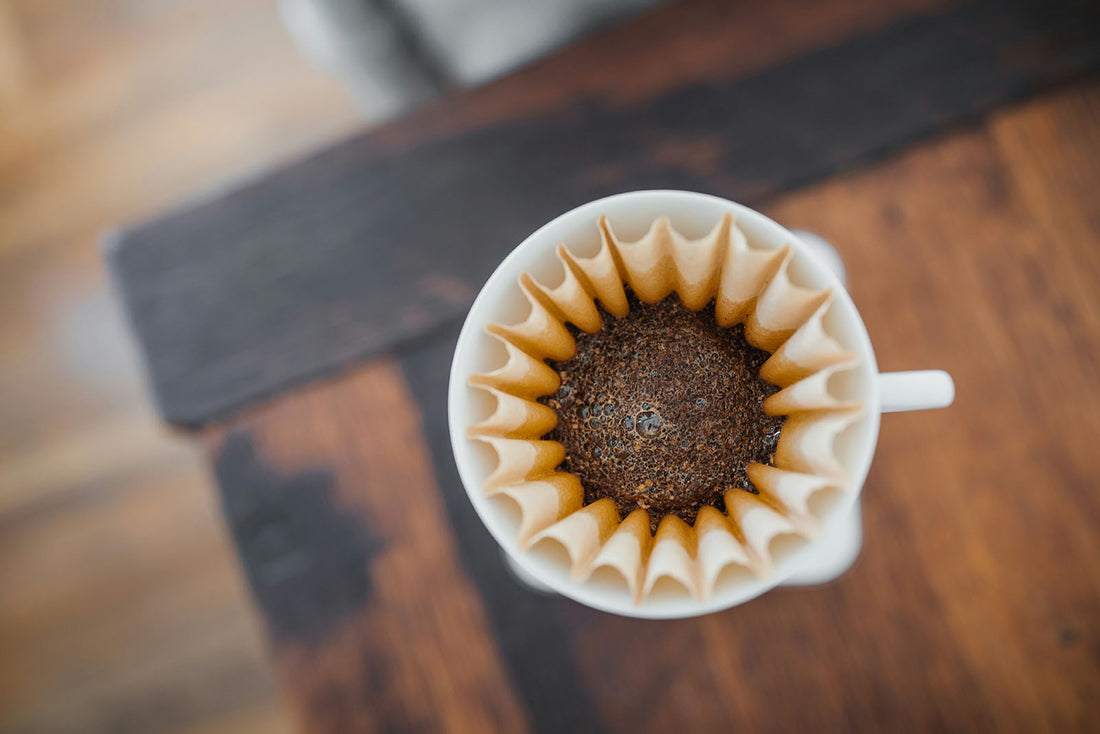
How to Brew the Perfect Cup of Decaf Coffee at Home
Share
If you've ever sipped a cup of decaf and thought, “This tastes like disappointment”? We feel you. But here’s the thing: decaf doesn’t have to be dull. When brewed right, a great cup of decaf can be just as bold, complex, and satisfying as any fully leaded cup. You just need a little know-how and use the right beans. Whether you’re cutting back on caffeine or just want a smooth late-night brew, here’s how to make your decaf coffee taste like anything but a compromise.
Step One: Get the Right Beans
This part matters more than you might think. The biggest difference between a flat cup of decaf and one that actually slaps? The beans. At Frequent Coffee, we roast decaf like it's no one's business. We offer decaf coffee made using two different decaffeination methods: the sugarcane process and the water process. Both are gentle on the beans and great at preserving flavor, just different paths to the same low-caffeine destination.
Step Two: Grind Fresh, Grind Smart
Coffee starts to lose its flavor fast once it’s ground. So for the best results, grind your beans right before brewing. Match your grind size to your brewing method:
- French press? Go coarse.
- Pour-over or drip? Medium works great.
- Espresso? Go fine.
Pro tip: Decaf beans tend to be a little denser due to the decaffeination process. You might need to dial in your grind size a bit more finely than usual to get the extraction just right.
Step Three: Use Hot (But Not Boiling) Water
Decaf needs a little extra love during brewing. Aim for water that’s between 195°F and 205°F. Too hot and it’ll taste bitter. Too cool, and it’ll taste flat. Somewhere in the Goldilocks zone? That’s where the magic happens.
Step Four: Get Your Ratios Right
Your coffee-to-water ratio can make or break the brew. A safe place to start is:
1:16 - one gram of coffee for every 16 grams (or ml) of water.
Want it bolder? Go 1:15. Want it lighter? 1:17 or 1:18. Adjust to your taste, but measure if you can. Your taste buds will thank you.
Step Five: Let It Bloom
If you're using a pour-over method, don’t skip the bloom. Pour just enough water to wet the grounds, then pause for 30 seconds. This releases gas from the coffee and helps it brew evenly. Even decaf needs to breathe.
Step Six: Brew with Intention
Now for the fun part. Brew using your method of choice. Here’s how decaf performs across different styles:
- French Press: Great for bold, chocolatey decafs. Expect a full body and rich finish.
- Pour-Over: Highlights nuance. Perfect for a brighter, fruitier decaf.
- Drip Machine: Solid everyday option. Just make sure it’s cleaned regularly.
- Espresso: Decaf can pull a killer shot. \Especially with fresh beans and the right dial-in.
Step Seven: Store Your Beans Like a Pro
Heat, air, moisture, and light are the enemies of freshness. Store your decaf in an airtight container in a cool, dark place. No fridge or freezer. That’s a one-way ticket to Stale Town.
The Final Sip
Good decaf isn’t a downgrade. It’s a different kind of ritual. With the right beans and a little care, you can brew a decaf that’s rich, balanced, and deeply satisfying, any time of day or night.
At Frequent Coffee, we’re here to make that easy. Browse our freshly roasted decaf collection—from sugarcane to water process—and discover what decaf can really do.
